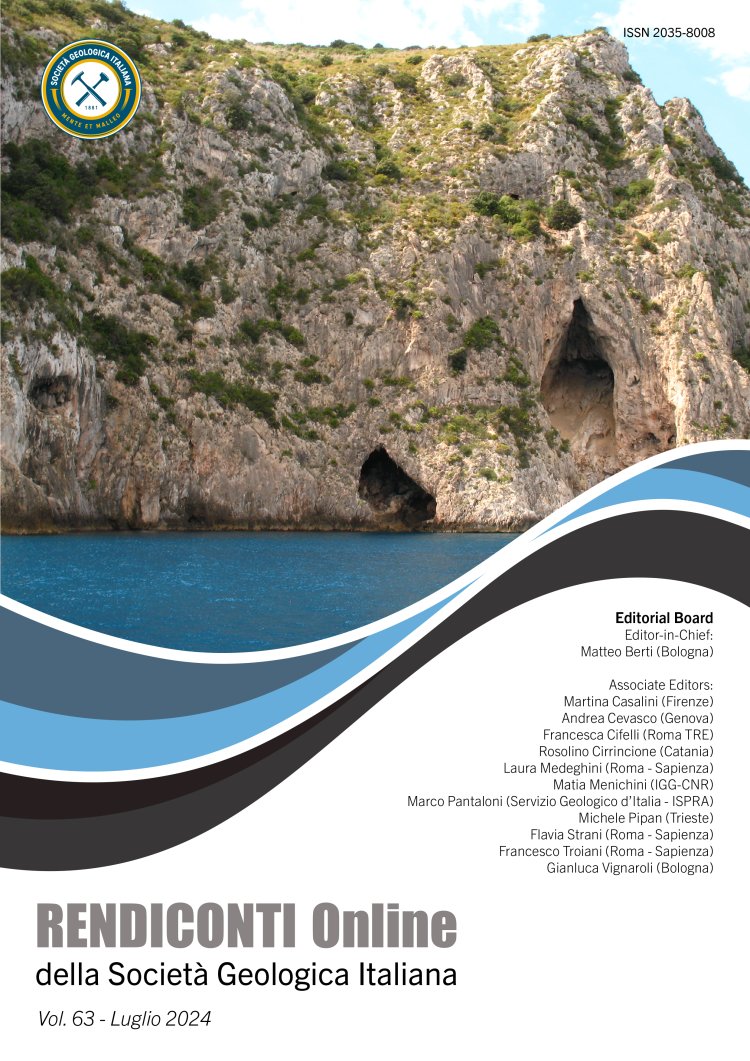
The Jurassic-Cretaceous transition in the Apennine Carbonate Platform: first attempt to calibrate the shallow- and deep-marine bioevents
Sabrina Amodio1, Filippo Barattolo2 & Mariano Parente2
1Dipartimento di Scienze e Tecnologie, Università degli Studi di Napoli Parthenope, Centro Direzionale, Isola C4, 80143 Napoli (Italy).
2Dipartimento di Scienze della Terra, dell'Ambiente e delle Risorse, Università degli Studi di Napoli Federico II, Complesso Universitario di Monte Sant'Angelo, Via Cinthia 21, 80126 Napoli (Italy).
Corresponding author e-mail: sabrina.amodio@uniparthenope.it
Volume: 63/2024
Pages: 96-105
Abstract
The latest Jurassic-earliest Cretaceous was a period dominated by greenhouse conditions, only interrupted by the Tithonian cooling event and was characterized by remarkable expansion of pelagic carbonate production. In order to investigate the response of the neritic carbonates during this transition, biostratigraphic and facies analyses were conducted on a carbonate platform succession, the Petina section, latest Kimmeridgian-earliest Berriasian in age, cropping out in the Alburni Mountains (southern Apennines, Italy).
Four informal biostratigraphic units, falling within the Clypeina jurassica (=Aloisalthella sulcata) and Campbelliella striata biozones of De Castro (1991), were identified. The evolution of the Petina section was reconstructed by also integrating cyclo- and sequence-stratigraphic approaches. Cyclic variations of lithofacies as well as of emersion-related features evidenced high-frequency sea-level changes. The chronostratigraphic calibration of the biotic and sedimentary events was preliminarily achieved through the correlation of the Petina depositional sequences (T/RFTs, Transgressive/Regressive Facies Trends), which represent the lower-frequency cycles, with the global sequences revisited by Haq (2018) and anchored to the Late Jurassic–Early Cretaceous eustatic curve. Consequently, the shallow-marine biotic events have been related to the distribution of the Tethyan ammonite and nannofossil bioevents, the long-term eustatic oscillations and the polarity chrons.
Keywords
Get Full Text